Create Funky Lamp Shades out of Repurposed Materials
Have you ever looked around your home and thought, "What can I do with all this stuff?" Well, if you’ve got a flair for creativity and a desire to lighten up your space, you're in for a treat! This article explores innovative ways to create unique lamp shades using repurposed materials. Not only will you brighten up your home, but you’ll also be doing your part for the planet by recycling and upcycling. Imagine transforming that old glass jar or those fabric scraps into a stunning lamp shade that becomes the centerpiece of your room. Let’s dive into the world of funky lamp shades!
When it comes to crafting your lamp shade, selecting the right materials is crucial. The beauty of using repurposed items is that the possibilities are endless! You can use anything from old books to tin cans, and even discarded light fixtures. Here are some common items that can be transformed:
- Glass jars: Perfect for a vintage look.
- Plastic bottles: Great for colorful, playful designs.
- Old fabric scraps: Ideal for adding texture and warmth.
- Wooden pallets: Excellent for a rustic vibe.
Each of these materials offers its own aesthetic and functional qualities. For instance, glass jars can cast beautiful shadows, while fabric can diffuse light softly. So, take a moment to look around your home and see what you can repurpose!
Now that you’ve got your materials sorted, let’s talk about design! Funky lamp shades can fit into various styles, from bohemian to industrial. Think of your lamp shade as a canvas. What story do you want it to tell? Here are some design inspirations to get those creative juices flowing:
- Bohemian: Use colorful fabrics and beads for a free-spirited vibe.
- Industrial: Think metal and raw finishes for a modern edge.
- Nature-inspired: Incorporate twigs, leaves, and stones for an earthy touch.
Explore these ideas and let your imagination run wild. Remember, the goal is to create something that reflects your personality and style.
Now, let’s get practical! Upcycling everyday household items like jars, bottles, and cans into eye-catching lamp shades is not only fun but also incredibly rewarding. For example, an old mason jar can be transformed into a rustic lamp shade with just a bit of creativity. Here’s how:
1. Clean the jar thoroughly. 2. If desired, paint or decorate the outside. 3. Attach a lamp socket kit inside the jar. 4. Secure it to a base or a lamp stand.
And just like that, you’ve got a unique lamp shade that adds character to your space!
Do you have a stash of fabric scraps lying around? Well, it's time to put them to good use! You can create colorful and textured lamp shades that will brighten up any room. Simply cut your fabric into strips and sew or glue them onto a lampshade frame. You can mix and match patterns for a fun, eclectic look. The best part? Each lamp shade will be one-of-a-kind!
Want to bring the outdoors in? Incorporating natural elements like twigs, leaves, and stones can create a beautiful and organic aesthetic. Imagine a lamp shade made from intertwined twigs, casting soft, dappled light around your room. To create this, gather some twigs, secure them to a frame, and watch as your lamp shade takes on a life of its own!
Before you get too carried away with your designs, it’s essential to consider the lighting. Understanding the types of bulbs and their compatibility with different materials ensures safety and functionality. For example, LED bulbs are a fantastic option as they generate less heat, making them safer for use with fabric shades. So, when planning your funky lamp shade, be sure to choose the right bulb!
Ready to get your hands dirty? Here’s a detailed step-by-step guide to creating your funky lamp shade from start to finish:
- Gather your materials and tools.
- Sketch your design to visualize the final product.
- Prepare your base (this could be a lamp frame or a repurposed item).
- Assemble your materials according to your design.
- Attach the lamp socket and wiring safely.
- Finish with any embellishments or paint.
And voilà! You’ve created a stunning lamp shade that’s uniquely yours.
Don’t forget about the finishing touches! Adding paint, varnish, or embellishments can elevate your lamp shade from good to great. Whether it’s a pop of color or a touch of glitter, these details can make all the difference. So, take your time with this step and let your creativity shine!
Once your lamp shade is complete, it’s time to show it off! Consider placing it in a prominent spot in your home where it can be admired. Styling tips include pairing it with complementary decor or using it as a focal point on a side table. Your new creation deserves to shine, so don’t hold back!
Q: Can I use any type of bulb with my repurposed lamp shade?
A: It's best to use LED bulbs as they produce less heat and are safer for various materials.
Q: What if I don’t have any crafting experience?
A: No worries! Start with simple designs and follow step-by-step guides. You’ll get the hang of it!
Q: How do I ensure my lamp shade is safe?
A: Always check that your materials are heat-resistant and that your wiring is secure.
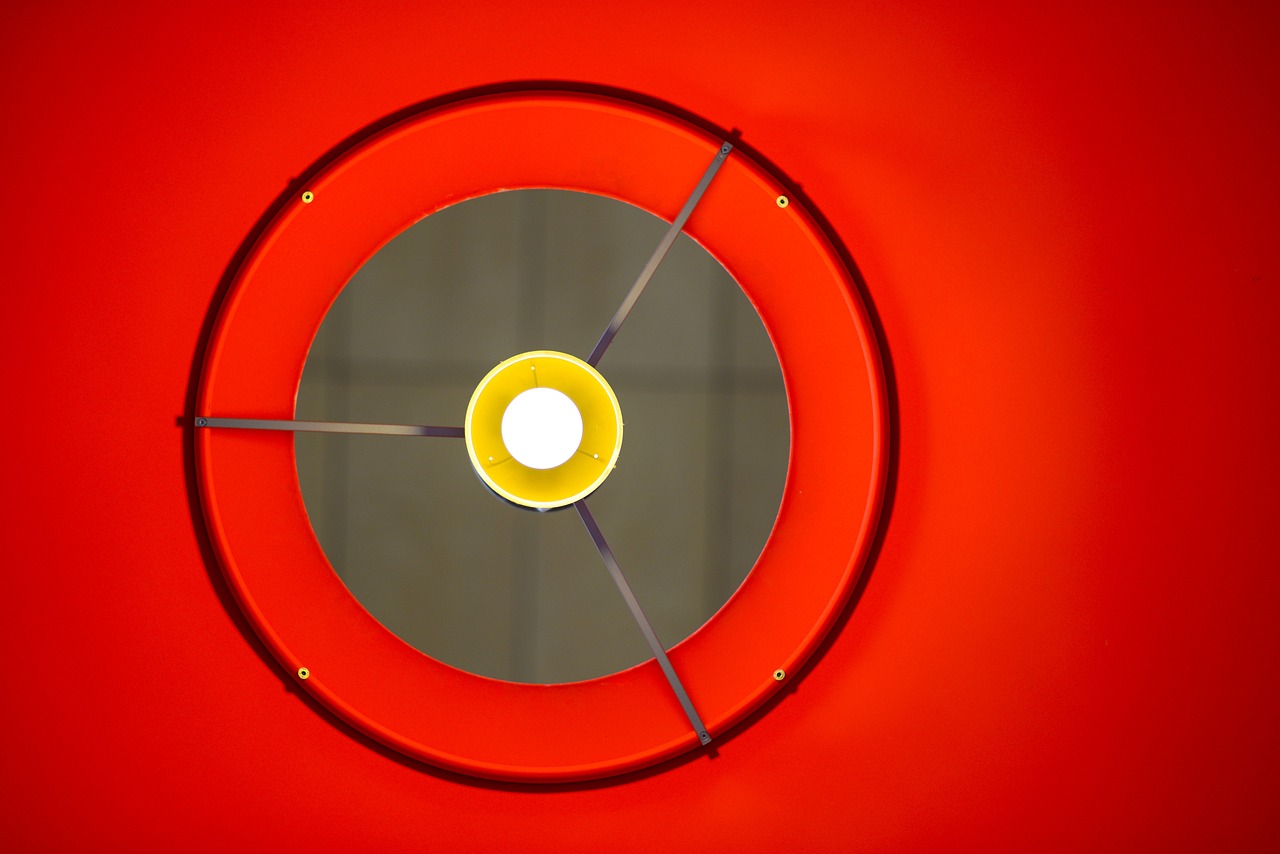
Choosing the Right Materials
When it comes to crafting your own funky lamp shades, the first step is to choose the right materials. This is not just about aesthetics; it’s also about functionality and sustainability. Repurposing materials not only helps the environment by reducing waste but also adds a unique character to your home decor. So, what materials can you use? Let’s dive into some common items that can be transformed into stylish lamp shades.
One of the most popular choices for repurposed lamp shades is glass jars. They come in various shapes and sizes, making them versatile for different styles. Imagine a vintage mason jar turned into a chic lamp shade—it's not only functional but also a conversation starter! Similarly, old bottles can be transformed into stunning shades, providing an eclectic vibe. You can even use metal cans, which can be easily punched or cut into creative designs, allowing light to filter through in beautiful patterns.
Another fantastic option is to use fabric scraps. These remnants from previous projects can be stitched or glued onto a frame to create a colorful and textured lamp shade. Think of it as giving a second life to materials that would otherwise end up in the trash. You can mix and match different textures and patterns to create a truly unique piece that reflects your personality.
For those who love a more natural aesthetic, consider incorporating elements from the great outdoors. Twigs, leaves, and even stones can be used to craft shades that bring a touch of nature inside your home. This not only enhances the organic feel of your decor but also allows you to connect with nature in a creative way. Just imagine a lamp shade made of intertwined twigs, casting soft shadows that mimic the dappled light of a forest!
When selecting materials, keep in mind the lighting considerations. Not all materials are suitable for all types of bulbs. For instance, if you're using LED bulbs, they emit less heat, making them safer for use with fabric and paper shades. On the other hand, incandescent bulbs can get quite hot, so you’ll want to ensure that any materials you use can withstand the heat without catching fire. A little research on the compatibility of your chosen materials with the type of lighting will go a long way in ensuring safety and functionality.
In conclusion, the key to creating a stunning lamp shade lies in selecting the right materials. Think outside the box and consider what you have at home that could be repurposed. From glass jars to fabric scraps and natural elements, the possibilities are endless. Not only will you create something beautiful, but you’ll also contribute to a more sustainable lifestyle. So gather your materials and let your creativity shine!
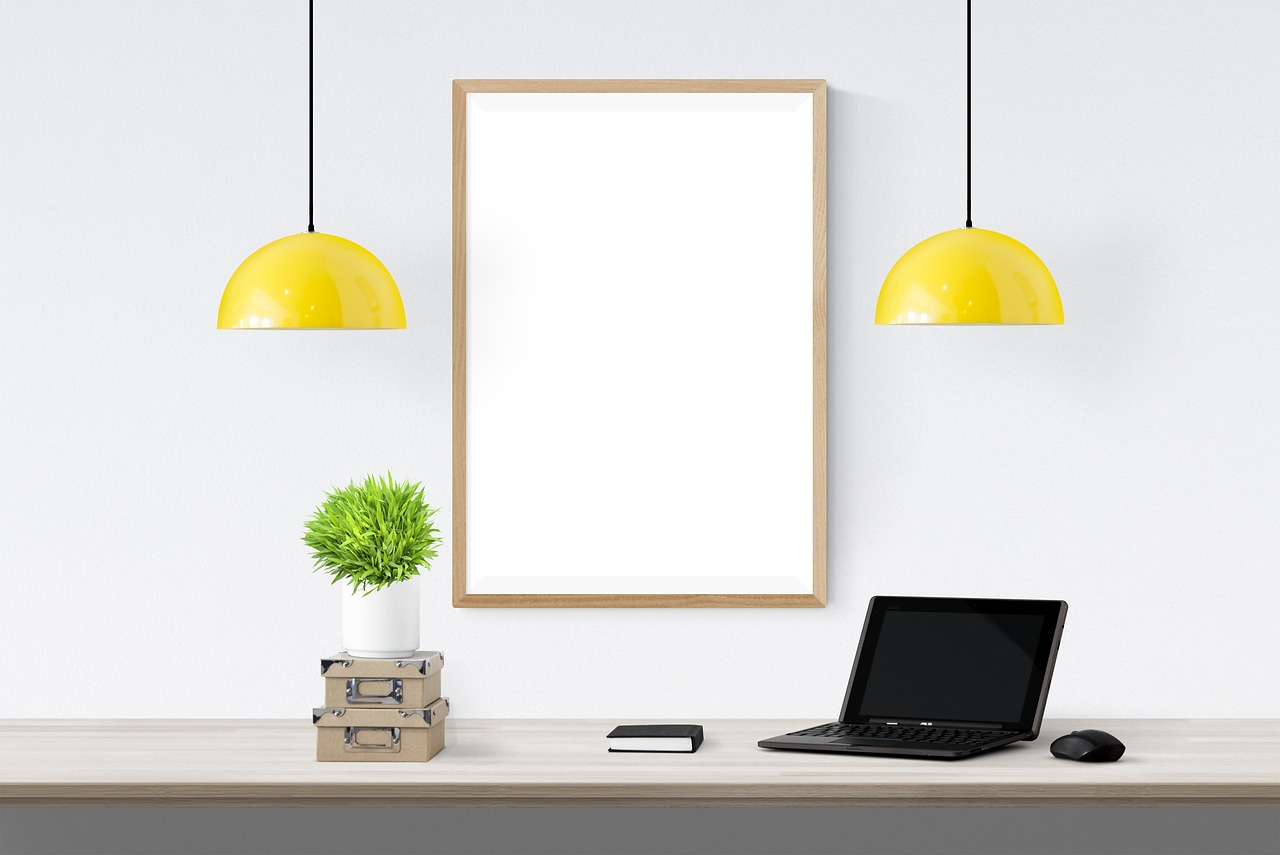
Design Inspirations
When it comes to creating funky lamp shades, the sky's the limit! The beauty of repurposing materials lies in the endless possibilities for design. Whether you lean towards a bohemian vibe or an industrial chic aesthetic, there’s something for everyone. Imagine transforming an old bicycle wheel into a statement piece or using colorful fabric scraps to create a patchwork masterpiece. The key is to let your imagination run wild and think outside the box.
For those who adore the bohemian style, consider using materials like lace, feathers, or even old doilies. These can be layered and draped to create a soft, ethereal look. Picture a lamp shade that casts intricate shadows on your walls, reminiscent of a cozy café in Paris. On the other hand, if you're drawn to a more industrial aesthetic, think about using metal grates or reclaimed wood. These materials can provide a rugged charm that complements a modern loft or a minimalist space.
Another fantastic avenue for inspiration is nature. Have you ever thought about incorporating elements like twigs, leaves, or even stones into your designs? Imagine a lamp shade that mimics the look of a forest canopy, casting natural light patterns throughout your room. The use of organic materials can bring a sense of tranquility and warmth to your space, making it feel inviting and serene.
To help spark your creativity, here are some design themes to consider:
- Vintage Revival: Use antique finds like old jars or glass bottles to create a nostalgic feel.
- Eclectic Mix: Combine different materials and styles for a fun and whimsical approach.
- Geometric Shapes: Use cardboard or metal to create clean lines and modern designs.
- Artistic Expression: Paint or decoupage your shades with unique patterns and colors.
As you explore these design inspirations, remember that the goal is to create something that reflects your personality and style. Don't be afraid to experiment with different combinations of materials and techniques. After all, each lamp shade you create is not just a source of light but also a piece of art that can tell a story and brighten up your space in more ways than one!
Q: Can I use any type of light bulb with my repurposed lamp shade?
A: It's essential to consider the heat output of the bulb. LED bulbs are a great choice as they produce less heat and are energy-efficient.
Q: What if my repurposed materials are not fire-resistant?
A: Always check the materials for safety. If you're unsure, it's best to line the inside of your shade with a fire-resistant material.
Q: How do I clean my funky lamp shade?
A: Cleaning methods will depend on the materials used. For fabric shades, a gentle vacuum or spot cleaning may suffice, while hard materials can be wiped down with a damp cloth.
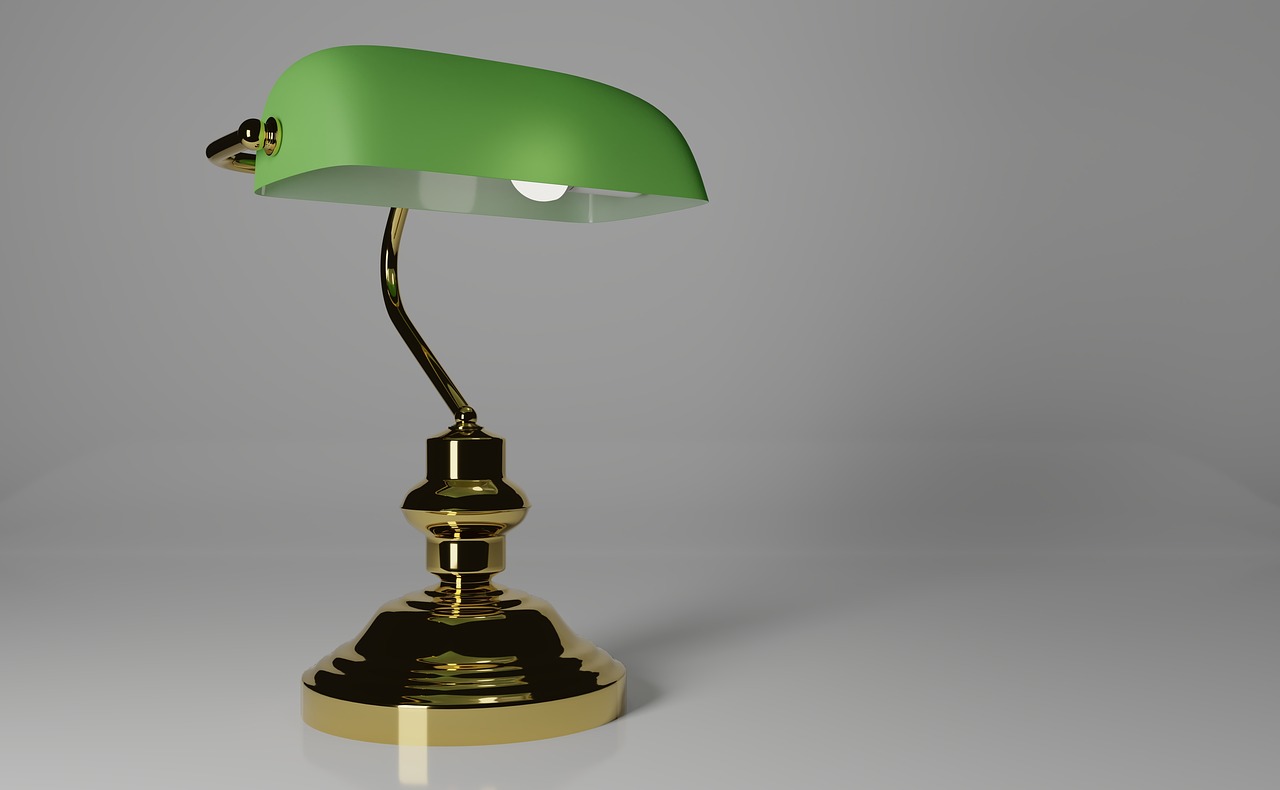
Upcycling Household Items
Upcycling is not just a trend; it's a fantastic way to breathe new life into items that would otherwise end up in the landfill. By transforming everyday household items into funky lamp shades, you can create something truly unique while also being environmentally conscious. Imagine turning a simple glass jar into a stunning lamp shade that casts beautiful patterns across your room. It’s like giving your home a personality makeover without breaking the bank!
Let’s dive into some practical ideas for upcycling common household items into eye-catching lamp shades. First up, we have glass jars. These versatile containers can be painted, etched, or even wrapped in twine to create a rustic look. You can use jars of different sizes to create a layered effect when hung together, adding a whimsical touch to your space. Just think of how charming a cluster of colorful jars would look hanging from your ceiling!
Next on the list are old bottles. Whether they're wine, soda, or even vintage bottles, these can be transformed into stunning lamp shades with just a little creativity. You can cut the bottom off a bottle and place a light bulb inside, allowing the light to shine through the colored glass. For a more artistic approach, consider painting the outside or wrapping it in decorative paper. The glow from the bulb will create a warm ambiance, perfect for those cozy nights in.
Metal cans are another fantastic option. After enjoying your favorite soup or beverage, don’t toss that can! With a bit of cleaning and some creative flair, you can punch holes into the can to create a starry night effect. When the light shines through, it will project beautiful patterns on your walls, making it a conversation starter for sure. Just make sure to smooth out any sharp edges for safety!
Now, let’s not forget about the importance of safety when working with these materials. Always ensure that the items you choose can withstand heat, especially when using light bulbs. For example, if you’re using plastic containers, opt for LED bulbs, which emit less heat than traditional ones. This way, you can enjoy your creative lamp shades without worrying about any fire hazards!
In summary, upcycling household items into funky lamp shades not only helps reduce waste but also allows you to express your personal style. Whether you're using glass jars, bottles, or metal cans, the possibilities are endless. So, gather those unused items around your home, roll up your sleeves, and let your creativity shine!
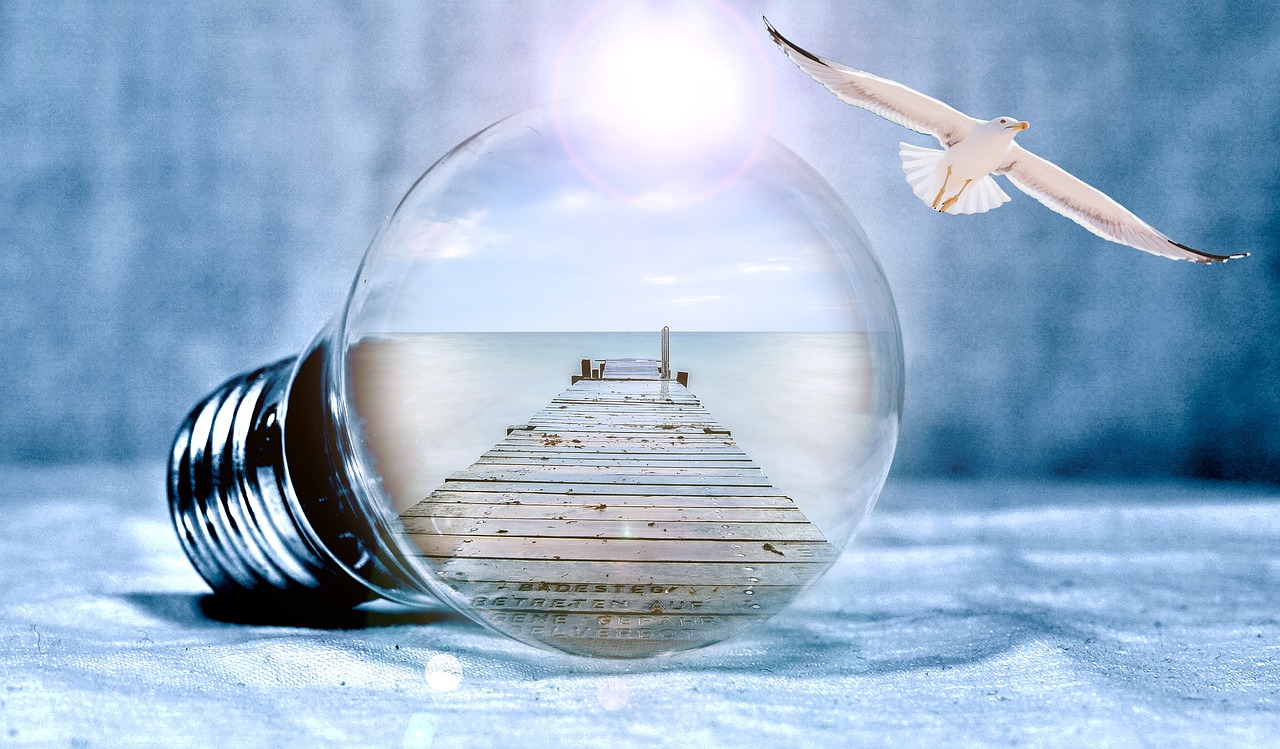
Using Fabric Scraps
Have you ever looked at your pile of fabric scraps and wondered what to do with them? Instead of tossing them aside, why not transform those leftover pieces into stunning lamp shades? Using fabric scraps is not only a sustainable choice but also a fantastic way to showcase your creativity and add a splash of color and texture to your space. Imagine a lamp shade that tells a story, woven from the remnants of your favorite projects!
When it comes to creating lamp shades from fabric scraps, the possibilities are endless. You can mix and match different patterns, colors, and textures to achieve a unique look that reflects your personal style. To get started, gather your fabric scraps. These can be anything from old clothes, leftover quilting fabric, or even remnants from past sewing projects. The key is to choose fabrics that complement each other while allowing your imagination to run wild.
Here are some techniques to consider when working with fabric scraps:
- Patchwork Design: Combine various fabric pieces into a patchwork pattern. This technique not only adds visual interest but also allows you to use up small bits of fabric that might otherwise go to waste.
- Fabric Wrapping: Wrap fabric strips around a wire frame or an old lamp shade base. This method is simple yet effective, giving your lamp a cozy, textured look.
- Layering: Layer different fabrics to create depth. For instance, you can use sheer fabrics on the outside and more opaque materials underneath for a beautiful interplay of light and texture.
Once you’ve chosen your technique, it’s time to get crafty! Start by measuring your lamp shade frame to determine how much fabric you’ll need. Cut your fabric scraps into strips or shapes that fit your design. If you’re going for a patchwork look, make sure the pieces are of similar sizes for a cohesive appearance.
Next, you’ll want to attach the fabric to your lamp shade frame. You can use fabric glue, a hot glue gun, or even sew the pieces together if you prefer a more durable finish. Don’t be afraid to experiment with different layouts before committing—this is your chance to play around and find the perfect arrangement!
After your fabric is securely attached, consider adding some finishing touches. A light coat of fabric protector spray can help keep your lamp shade looking fresh and vibrant. You might also want to embellish it with beads, lace, or even some hand-painted designs to add that extra flair.
Incorporating fabric scraps into your lamp shade design not only helps you declutter but also allows you to create something truly one-of-a-kind. Every time you switch on that lamp, you’ll be reminded of your creativity and resourcefulness, lighting up your space in more ways than one!
Q: Can I use any type of fabric for my lamp shade?
A: While you can use various fabrics, it’s best to choose materials that are heat-resistant and not too flammable. Cotton and polyester blends work well, but avoid anything too sheer or delicate.
Q: How do I clean my fabric lamp shade?
A: Depending on the type of fabric, you can usually spot clean with a damp cloth. For a deeper clean, consider removing the shade and gently hand washing it if the fabric allows.
Q: Will the fabric affect the light output?
A: Yes, different fabrics can affect how much light passes through. Sheer fabrics will create a softer glow, while thicker materials will provide more direct lighting.
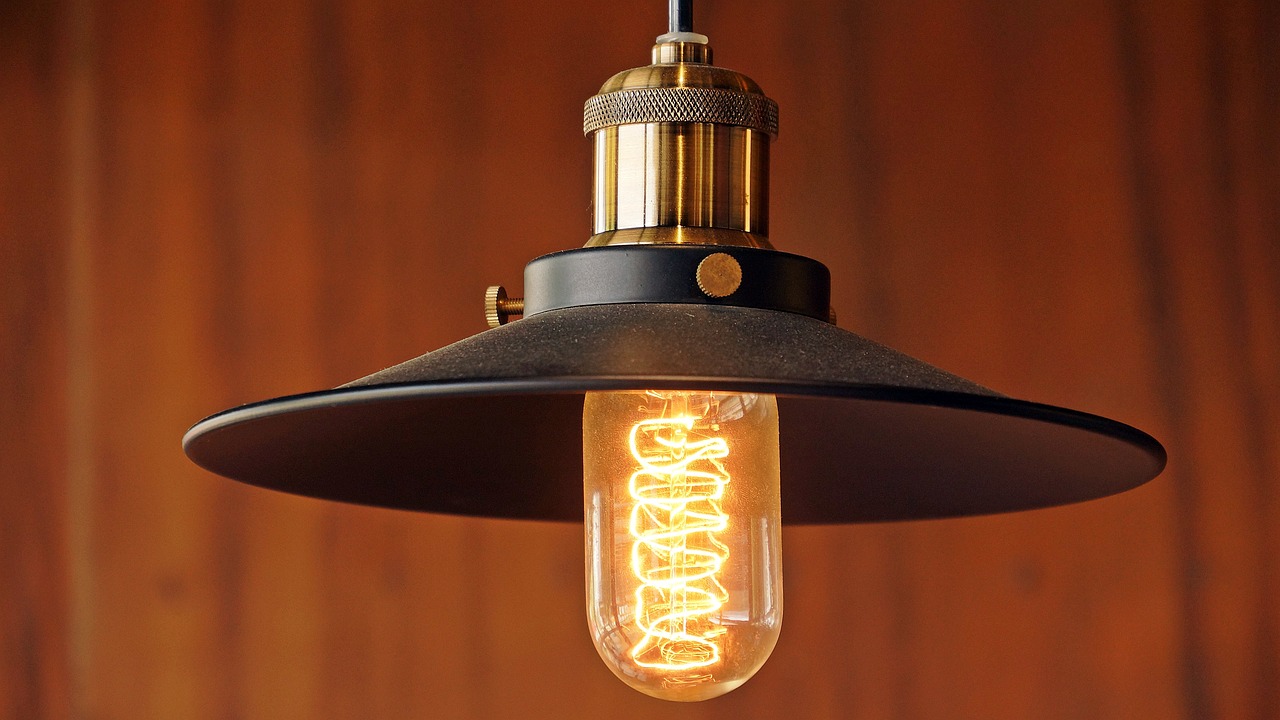
Embracing Nature
When it comes to creating funky lamp shades, embracing nature can lead to some truly breathtaking designs. Imagine walking into a room where the lamp shade resembles a cozy forest canopy or a delicate flower petal. Using natural elements like twigs, leaves, and stones not only adds a unique aesthetic but also connects your space to the beauty of the outdoors. The best part? These materials are often free and readily available, making them an eco-friendly choice for your next DIY project.
Start by exploring your backyard or local park for inspiration. Gather fallen branches, interesting stones, or even dried flowers. Each piece you collect tells a story and can transform into a stunning lamp shade. For instance, twigs can be arranged in a circular pattern to create a rustic shade that filters light beautifully, casting enchanting shadows across your walls. Alternatively, you could glue dried leaves onto a plain shade, creating a vibrant autumnal effect that changes with the seasons.
One of the most exciting aspects of using natural materials is the variety they offer. No two pieces are alike, which means your lamp shade will be a one-of-a-kind creation. You could consider the following natural elements:
- Twigs: Perfect for a rustic or bohemian vibe, they can be arranged in various patterns.
- Leaves: Dried or fresh, they can add color and texture to your design.
- Stones: Use them as weights or decorative accents for a more grounded look.
When incorporating these elements, remember to think about the overall design and functionality of your lamp shade. Ensure that the materials you choose are safe to use with your light source, as some natural items can be flammable. It's crucial to test your design with the intended light bulb to avoid any hazards. Additionally, a good tip is to use a clear sealant to protect your natural materials and enhance their durability.
Incorporating nature into your lamp shade not only brightens your space but also brings a sense of tranquility and warmth. Think of it as inviting a piece of the great outdoors into your home. Whether you're crafting a shade for a cozy reading nook or an artistic centerpiece for your living room, embracing natural elements can add an organic touch that’s sure to impress.
Q: What types of natural materials can I use for lamp shades?
A: You can use twigs, leaves, stones, and even dried flowers. Just ensure they are safe to use with your light source.
Q: How do I ensure the safety of my lamp shade made from natural materials?
A: Always test your design with the intended light bulb and consider using a clear sealant to protect the materials from heat.
Q: Can I mix natural materials with other repurposed items?
A: Absolutely! Mixing materials can create a unique and eclectic look. Just be mindful of the overall design and safety.
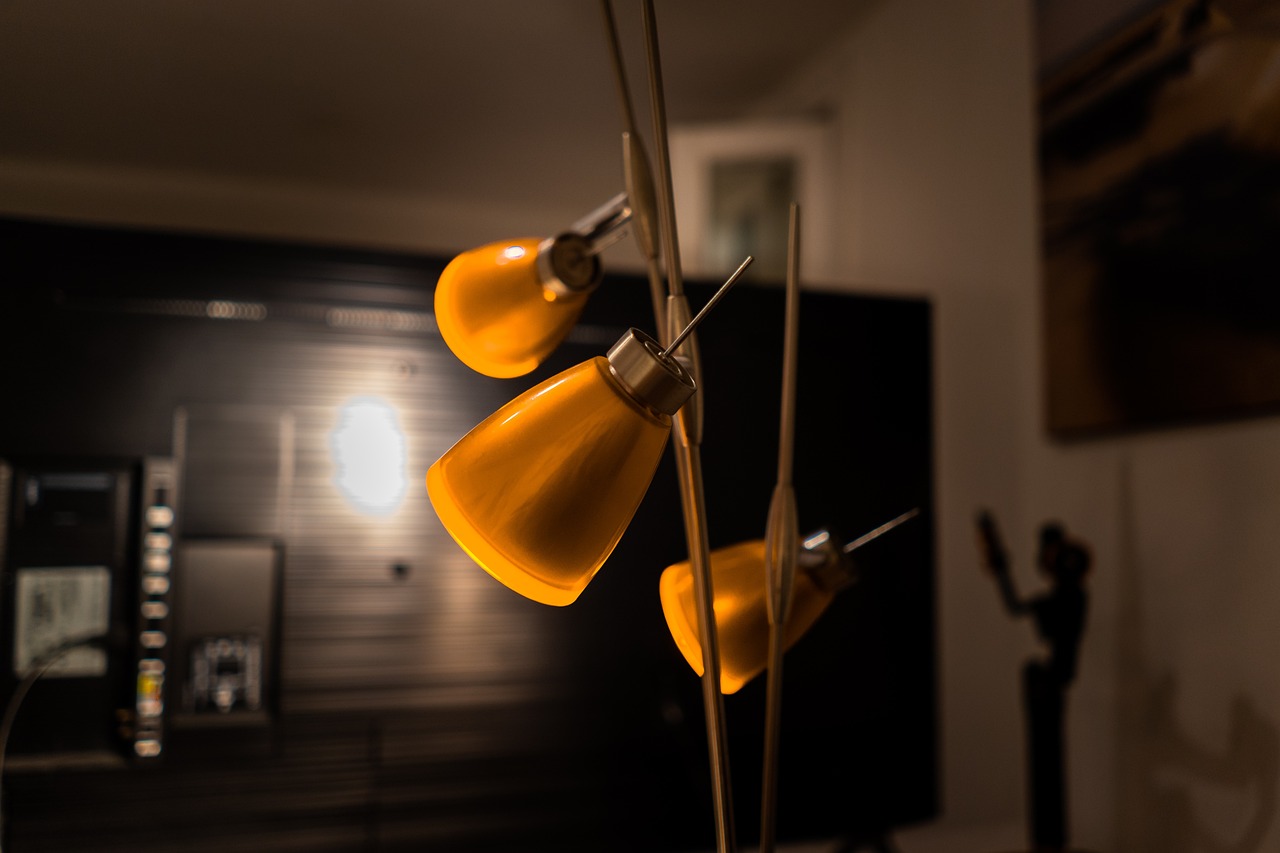
Lighting Considerations
When it comes to creating funky lamp shades, one of the most crucial aspects to consider is the type of lighting you plan to use. The right lighting can transform your space, accentuating the unique designs you've crafted from repurposed materials. So, how do you choose the right bulbs for your funky lamp shades? Well, let’s break it down!
First off, you need to consider the bulb type. There are several options available:
- Incandescent Bulbs: These are the traditional bulbs that emit a warm light, perfect for creating a cozy atmosphere. However, they can get quite hot, so ensure your lamp shade material can withstand the heat.
- LED Bulbs: Known for their energy efficiency and long lifespan, LED bulbs are a fantastic choice. They emit less heat, making them safer for use with various repurposed materials.
- CFL Bulbs: Compact fluorescent lamps are also energy-efficient but can take a bit longer to warm up. They are available in various colors, which can add an interesting twist to your lamp shade.
Next, think about the wattage. It’s essential to match the wattage of the bulb with the material of your lamp shade. For instance, if you’re using delicate materials like paper or fabric, opt for lower wattage bulbs to avoid any fire hazards. A good rule of thumb is to stay below 60 watts for most repurposed materials unless you’re using a heat-resistant material.
Another key consideration is the lamp shade design. The shade's structure and material can significantly influence how light is diffused in your space. For example, a shade made from glass or translucent materials will allow more light to pass through, creating a bright and airy feel, while a solid or dark shade will cast softer, more intimate lighting. Think about what mood you want to create in your room!
Lastly, don’t forget about the bulb placement. The height at which you place your lamp and the direction of the light can dramatically affect its impact. If you want to create a focal point in the room, position your lamp at eye level. Alternatively, if you’re aiming for ambient lighting, lower the lamp or use a shade that directs light upwards.
To summarize, when crafting your funky lamp shades, keep the following lighting considerations in mind:
| Aspect | Considerations |
|---|---|
| Bulb Type | Choose between incandescent, LED, or CFL based on your needs. |
| Wattage | Match wattage with the material to prevent overheating. |
| Shade Design | Consider how the design affects light diffusion. |
| Bulb Placement | Adjust height and direction for desired lighting effects. |
By considering these factors, you can ensure that your funky lamp shades not only look amazing but also function beautifully in your home. Remember, the right lighting can elevate your design from ordinary to extraordinary!
Q: Can I use any type of bulb with my repurposed lamp shade?
A: It’s essential to match the bulb type and wattage with the materials used in your lamp shade to avoid any fire hazards. Generally, LED bulbs are the safest option.
Q: How do I ensure my lamp shade is safe to use?
A: Always check the heat resistance of your materials and opt for lower wattage bulbs if using delicate items. Additionally, ensure that the bulb is securely fitted and doesn’t touch the shade directly.
Q: What materials are best for lamp shades?
A: Almost anything can be repurposed! Popular options include glass jars, fabric scraps, and even natural elements like twigs. Just ensure they are safe to use with your chosen light source.
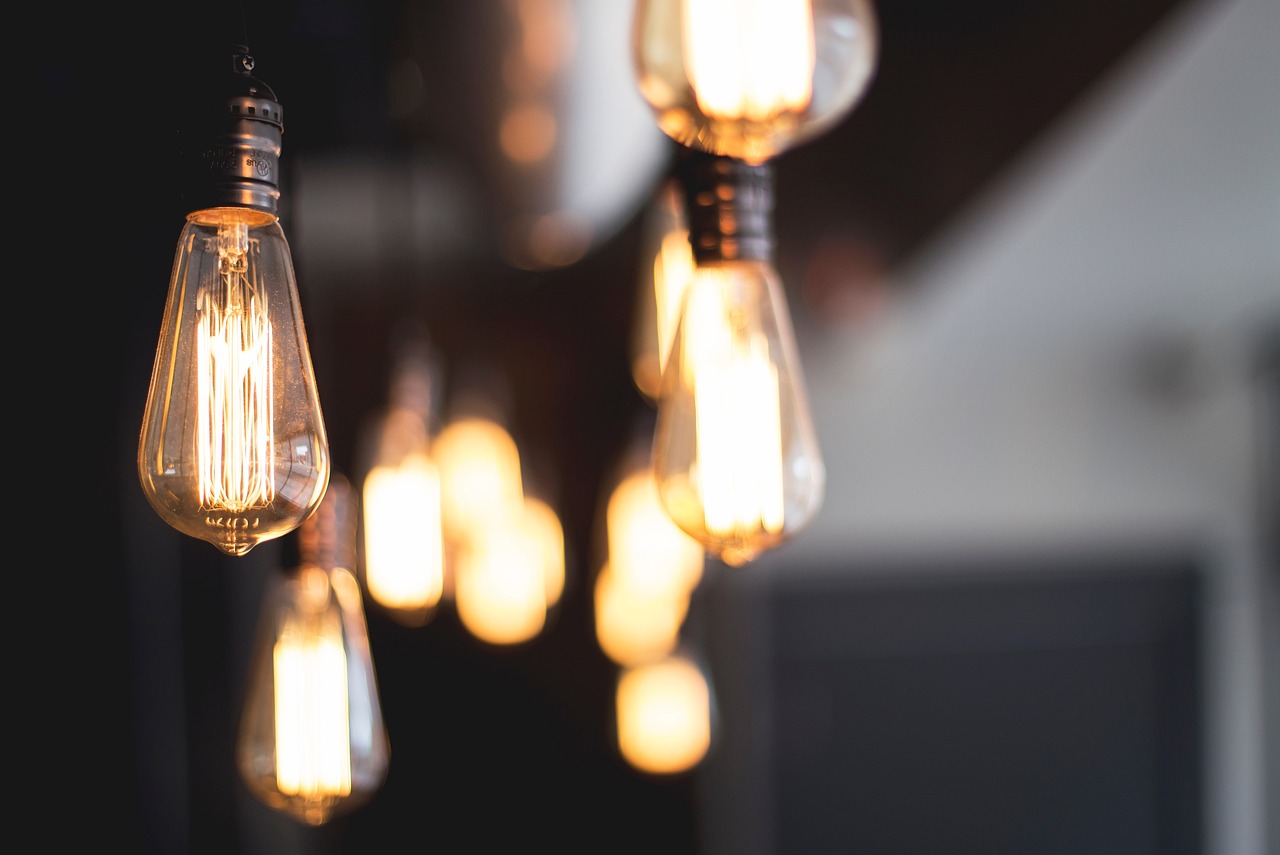
Step-by-Step Crafting Guide
Creating a funky lamp shade from repurposed materials is not just a fun project; it’s a journey into creativity that can transform your living space. To get started, gather your materials and tools. You’ll need a base for your lamp shade, which can be anything from an old lampshade frame to a sturdy wire or even a cardboard structure. Next, collect your repurposed materials—think outside the box! Items like glass jars, tin cans, or even old fabric can all serve as the foundation for your unique design.
Before you dive into crafting, it’s essential to sketch out your design. Visualizing your lamp shade can help you decide on the shape and style you want to achieve. Remember, this is your chance to express your personality! Once you have your design in mind, it’s time to prepare your materials. If you’re using jars or bottles, make sure they’re clean and free of labels. For fabric scraps, cut them into manageable pieces that can be easily attached to your base.
Now, let’s get crafty! Start by assembling your base. If you’re using a lampshade frame, you can wrap it with twine or fabric to create a solid foundation. For jars or cans, consider using a strong adhesive or hot glue to secure them in place. You want to ensure that everything is stable and ready for the next steps. If you’re feeling adventurous, try layering different materials to add depth and texture to your design.
Once your base is ready, it’s time to add the decorative elements. If you’re using fabric, you can sew or glue the pieces onto your base, creating a patchwork effect or a smooth finish, depending on your style. For natural materials like twigs or leaves, consider using wire to attach them securely to your lampshade. This is where your creativity can really shine! Don’t be afraid to mix and match styles or colors; the more eclectic, the better!
As you work, keep in mind the lighting considerations. Make sure that the materials you’re using are safe to be near a light source. Avoid overly flammable items, and ensure that your lamp shade allows for proper ventilation. If you’re using electrical components, double-check that everything is in good working order. Safety should always be your top priority!
After you’ve assembled your lamp shade, take a step back and admire your handiwork. This is the moment to add any finishing touches. Perhaps a splash of paint to brighten up the design, or a coat of varnish to give it a polished look. These details can elevate your lamp shade from good to absolutely stunning. Remember, it’s all about the little things that make your creation truly unique!
Finally, once your lamp shade is complete, it’s time to showcase it in your home. Think about the best spots to display your new creation. Whether it’s on a side table, a desk, or hanging from the ceiling, make sure it’s in a place where it can shine. Consider pairing it with complementary decor to enhance its beauty and make it a focal point of the room.
Q: What materials are best for making lamp shades?
A: The best materials are those that are both visually appealing and safe for use with light sources. Common options include glass, fabric, metal, and natural elements like wood or twigs.
Q: Can I use any type of light bulb with my repurposed lamp shade?
A: Not all light bulbs are created equal! Ensure you choose LED or CFL bulbs, as they produce less heat and are safer for use with repurposed materials.
Q: How do I clean my repurposed lamp shade?
A: Cleaning depends on the materials used. For fabric, a gentle wash may suffice, while glass or metal can be wiped down with a damp cloth. Always ensure it’s unplugged before cleaning!
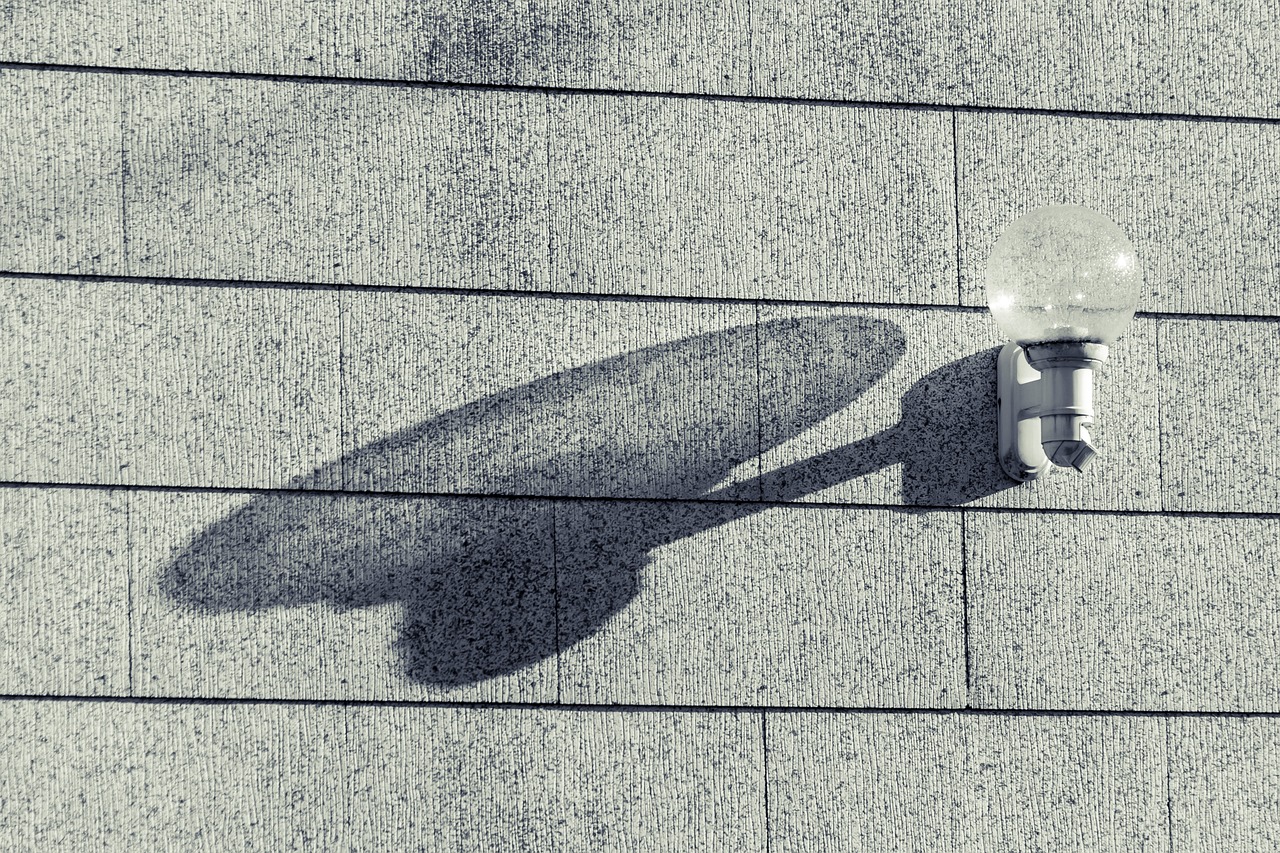
Finishing Touches
Once you've crafted your funky lamp shade, it's time to give it that final touch that transforms it from just another DIY project into a stunning centerpiece for your room. Think of this stage as the icing on the cake; it’s where your creativity can really shine! You might be wondering, what exactly are these finishing touches? Well, let’s dive into some exciting options that can elevate your lamp shade to a whole new level.
First, consider painting your lamp shade. A splash of color can completely change the vibe of your creation. Whether you opt for bold hues to make a statement or soft pastels for a more subtle look, the choice is yours! Just make sure to use paint that is suitable for the material you’ve chosen. For instance, if you’re working with fabric, fabric paint will yield the best results. On the other hand, if your shade is made from metal or glass, acrylic paint can do wonders.
Another fantastic option is varnishing. This step not only adds a protective layer to your lamp shade but also enhances its appearance. A glossy finish can make your shade look sleek and modern, while a matte finish can give it a more rustic charm. When varnishing, be sure to apply it evenly and allow adequate drying time to avoid any mishaps.
Don’t forget about embellishments! These little details can add a personal touch that reflects your style. You could use beads, ribbons, or even natural elements like dried flowers or twigs to create a unique design. For example, wrapping a colorful ribbon around the top edge of a fabric shade can add a pop of color and texture. Similarly, attaching small twigs can create a beautiful woodland aesthetic that’s perfect for nature lovers.
Here’s a quick table to summarize some popular finishing techniques:
| Finishing Technique | Description | Best Material |
|---|---|---|
| Painting | Adds color and personality | Fabric, Metal, Glass |
| Varnishing | Protects and enhances finish | Wood, Metal, Fabric |
| Embellishing | Adds unique personal touches | All materials |
Finally, after all these touches, it's essential to step back and evaluate your creation. Does it reflect your personality? Is it functional and safe? Sometimes, taking a moment to look at your work with fresh eyes can reveal areas for improvement or inspire new ideas. You might even want to ask a friend for their opinion—after all, a second pair of eyes can offer valuable insights!
Remember, the finishing touches are what make your lamp shade truly yours. Don’t rush this process; enjoy the creativity and let your imagination run wild. Once you’re happy with your creation, it’s time to find the perfect spot for it in your home. Whether it’s in your living room, bedroom, or even as a quirky addition to your workspace, your funky lamp shade is sure to be a conversation starter!
- What materials are best for making lamp shades? - Common materials include fabric, paper, glass, and metal. Choose based on the style you want to achieve.
- Can I use any type of paint on my lamp shade? - No, it’s important to use paint suitable for the material to ensure a good finish and safety.
- How do I ensure my lamp shade is safe to use? - Make sure the materials are heat-resistant and that the bulb wattage is compatible with the shade.
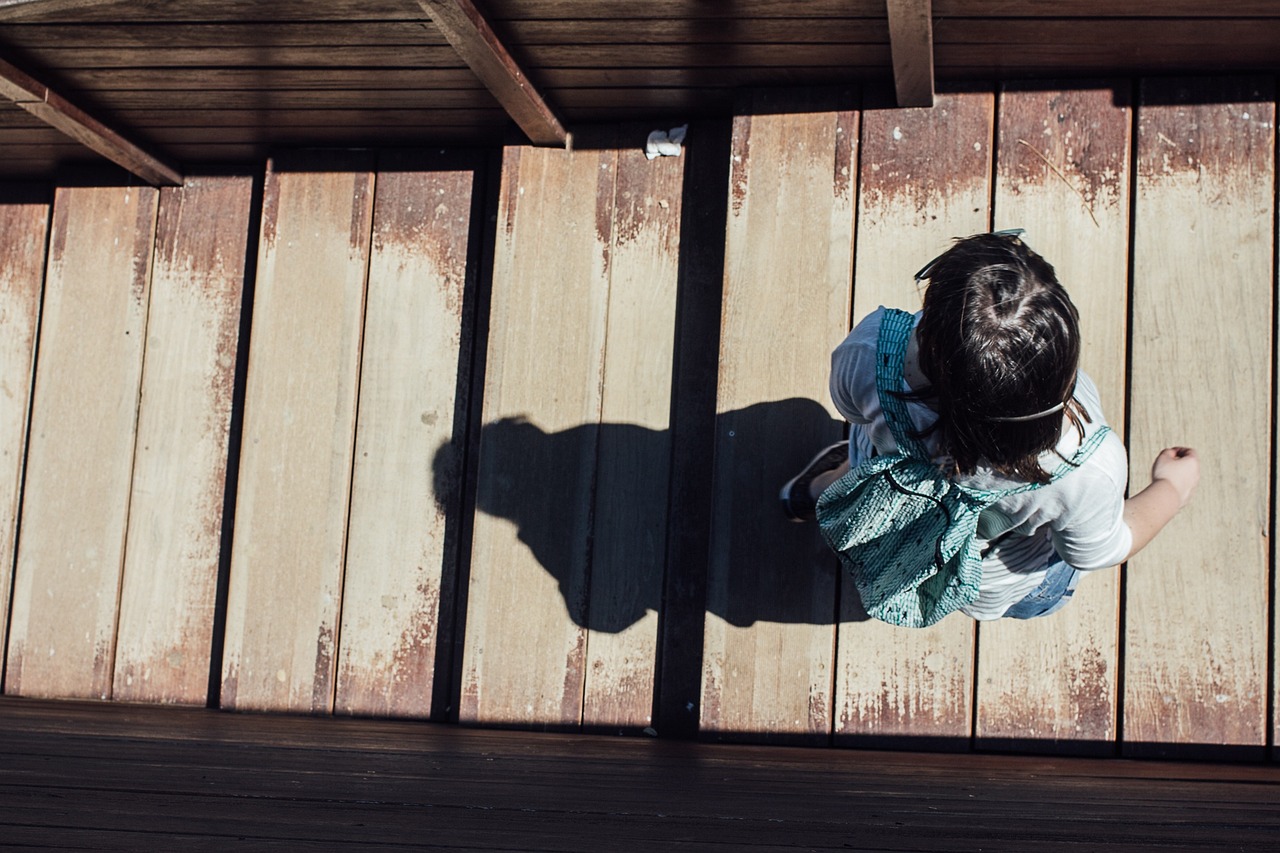
Showcasing Your Creation
Congratulations on crafting your unique lamp shade! Now comes the fun part—showing it off! The way you display your creation can significantly enhance its charm and elevate the ambiance of your space. Think of your lamp shade as a piece of art; it deserves to be seen and appreciated. So, how can you make your funky lamp shade the star of the show?
First, consider the location. Placing your lamp in a spot where it can catch the eye is key. Whether it’s on a side table, a desk, or a shelf, positioning is everything. For example, a vibrant lamp shade made from colorful fabric scraps can brighten a dull corner, while a rustic shade made from twigs can add a touch of nature to your living room. Imagine walking into a room and being greeted by the warm glow of your creation—it’s like a little piece of joy lighting up your day!
Next, think about the surrounding decor. Your lamp shade should harmonize with the overall aesthetic of the room. If your space has a bohemian vibe, consider adding other eclectic elements like patterned cushions or an array of potted plants. For a more industrial look, pair your lamp with metal accents or exposed brick walls. It’s all about creating a cohesive look that tells a story. Remember, your lamp shade isn't just a source of light; it's a statement piece that reflects your personality.
Another aspect to consider is the use of multiple lamp shades. Why limit yourself to just one? Creating a cluster of different lamp shades can create a stunning visual impact. Imagine a cozy reading nook with a couple of mismatched shades, each adding its unique flair. You could even experiment with varying heights and sizes to create a dynamic arrangement. Just like a well-curated gallery, the key is to balance the different elements so that they complement rather than compete with each other.
Finally, don’t forget about the lighting itself. The type of bulb you choose can dramatically affect the mood. Soft, warm bulbs can create a cozy atmosphere, while brighter, cooler bulbs can be great for task lighting. Play around with different bulbs to see how they interact with your lamp shade. It's like adding the final brush strokes to an already beautiful painting—small changes can make a big difference!
In summary, showcasing your funky lamp shade is all about location, surrounding decor, variation, and lighting. With these tips, you can ensure that your creation shines brightly in your home. So go ahead, let your lamp shade bask in the spotlight and enjoy the compliments that come your way!
- How can I ensure my lamp shade is safe to use? Make sure to use heat-resistant materials and compatible bulbs to prevent any fire hazards.
- Can I change the design of my lamp shade later? Absolutely! One of the best things about DIY projects is that you can always update or refresh your designs as your style evolves.
- What types of bulbs work best with repurposed materials? LED bulbs are generally the safest and most energy-efficient option for DIY lamp shades.
Frequently Asked Questions
- What materials can I use to create funky lamp shades?
You can use a variety of repurposed materials to craft unique lamp shades. Common items include glass jars, tin cans, old lampshades, fabric scraps, and even natural elements like twigs and stones. The key is to choose materials that not only look good but also allow light to filter through effectively.
- How do I ensure my lamp shade is safe to use?
Safety is paramount when creating lamp shades. Make sure to use heat-resistant materials, especially if you’re using incandescent bulbs. LED bulbs are a great option as they produce less heat. Always check the compatibility of your chosen materials with the type of bulb you intend to use to prevent any fire hazards.
- Can I use fabric scraps for my lamp shade?
Absolutely! Fabric scraps can add a splash of color and texture to your lamp shade. You can sew or glue the fabric onto a base, ensuring it's securely attached. Consider mixing different patterns and colors for a truly funky look!
- What are some design inspirations for lamp shades?
The possibilities are endless! You can draw inspiration from various styles such as bohemian, industrial, or even minimalist designs. Look around your home or online for ideas that resonate with your personal style and let your creativity flow.
- How do I finish my lamp shade for a polished look?
Finishing touches can make a world of difference! You might consider painting, varnishing, or adding embellishments like beads or ribbons. These details can elevate your DIY project from good to stunning, making your lamp shade a true centerpiece in your space.
- Can I showcase my lamp shade in different ways?
Definitely! Once your lamp shade is complete, think about how to display it. You can place it on a side table, hang it as a pendant light, or even use it as a centerpiece. The right placement can highlight your creation and enhance the overall ambiance of your room.



















